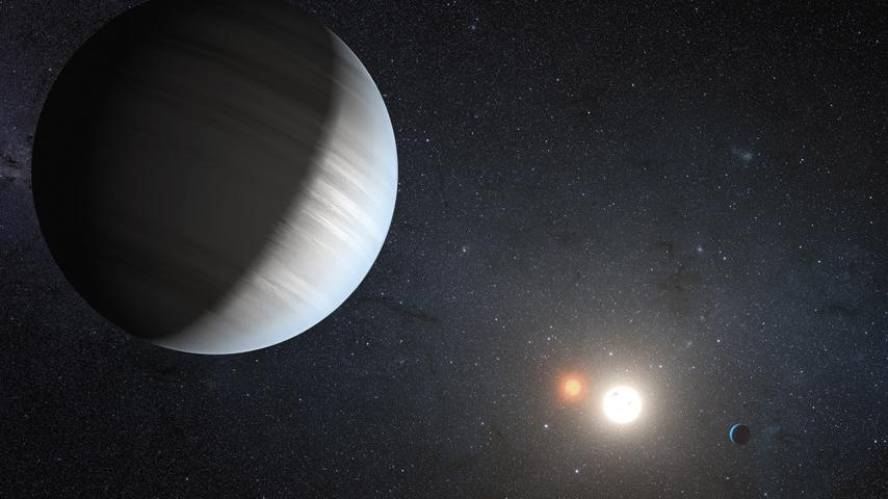Planetary systems are possible around binary stars

For the first time they have detected two planets revolving around a system made up of two stars. The star system is called Kepler-47 and is located 5,000 light-years in the constellation of Cygnus. One of the planets detected by astronomers (Kepler-47c) is three times the diameter of the Earth and has an orbit of 49 days. The other (Kepler-47b) is similar to Uranus and has an orbit of 303 days. The latter is in the "ideal region for life" of the star system, although, according to data, it is a gas giant and therefore inappropriate for life. Although binary star systems are chaotic environments, the discovery has revealed the possibility of creating planetary systems around them. The discovery has been published in the journal Science.





